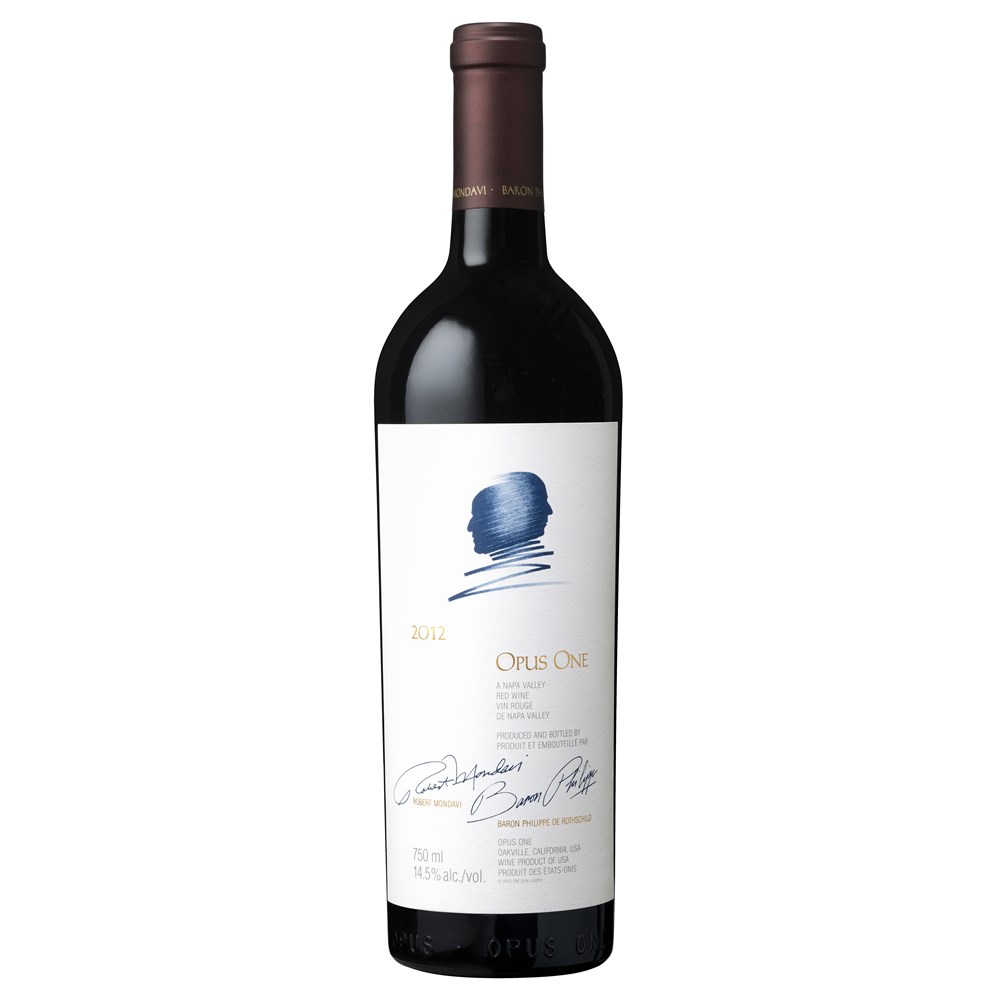

Julien, and has achieved equal success in California’s Napa Valley. It is the main constituent of the Bordeaux blend in the revered communes of Pauillac, St. Cabernet Sauvignon’s success is partly due to its ability to adapt to a range of soils and climates. Maturation in small oak barrels can develop a complex range of aromas from cedar wood, cigar box and tobacco to eucalyptus and undergrowth. Common aromas include blackcurrants, mint, graphite, and forest floor, to name a few. Grown in just about every wine producing region and climate, Cabernet Sauvignon can express a huge range of aromas, from green peppers in cool climates through to dark jammy fruit in hot regions. Chardonnay is also very successfully cultivated, and about 30% of the AVA’s acreage is planted to white grapes, with the majority of those grapes being Chardonnay, Read more.Cabernet Sauvignon is one of the most prominent dark-skinned grape varieties except Merlot in terms of area under vines, but which comprises our largest selection of wines. Many grapes grow well in Napa’s Mediterranean climate, but the region is best known for Cabernet Sauvignon. Napa Valley’s AVA was established in 1983, and today there are 16 sub-appellations within the Napa Valley AVA. But by the late 1950s and early 1960s Robert Mondavi and other visionaries were producing quality wines easily distinguishable from the mass-produced jug wines made in California’s Central Valley. An infestation of phylloxera, an insect that attacks vine roots, and the onset of Prohibition nearly wiped out the nascent Napa wine industry in the early 20th century.

Other winemaking pioneers followed in the late 19th century, including the founders of Charles Krug, Schramsberg, Inglenook and Beaulieu Vineyards. Yount planted grapes and began producing wine commercially. Winemaking started in Napa in 1838 when George C. With nearly 43,000 acres of vineyards and more than 300 wineries, it is the heart of fine wine production in the United States. Napa Valley AVA is the most famous winemaking region in the United States and one of the most prestigious in the world.

The other half is still owned by Baron Philippe de Rothschild, S.A. and assumed 50% of the ownership of Opus One. In 2005 Constellation Brands purchased the Robert Mondavi Corp. About 30,000 cases are produced annually. The winery owns vineyards in Oakville and grows Cabernet Franc, Cabernet Sauvignon, Malbec, Merlot, Petit Verdot, Sauvignon Blanc and Semillon. Opus One has earned high praise over the years and is considered one of Napa Valley’s signature wines. Even the label represents a meeting of the two legendary families, since the label shows a stylized profile of both Robert Mondavi and Baron Philippe de Rothschild. The Pauillac/Napa Valley enterprise was a long-time dream of both winemaking families and from Opus One’s first vintage in 1979 it was clear that the idea was to make a wine with character that represented the best of both Bordeaux and Napa Valley. Founded in 1979, Opus One was a joint venture between Robert Mondavi and Baron Philippe de Rothschild of Chateau Mouton Rothschild. This justly famous winery represents one of the most celebrated international winemaking ventures in modern history.


 0 kommentar(er)
0 kommentar(er)
